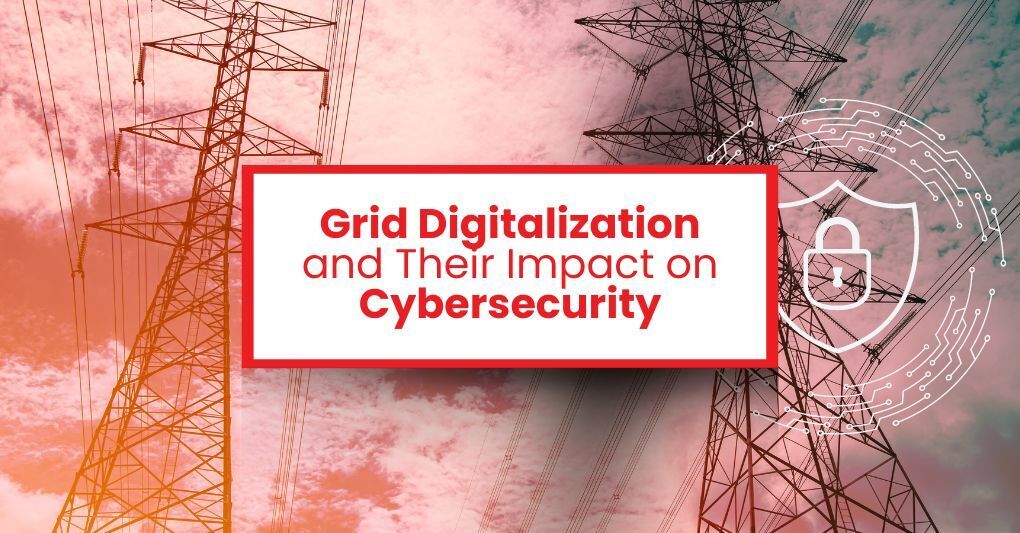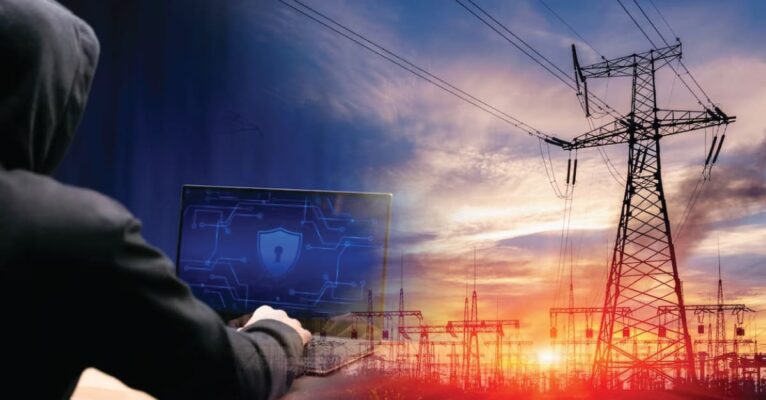The electrical infrastructure in the United States, commonly referred to as “the grid,” has undergone a significant evolution. Originally designed for one-way distribution from power plants to residences and businesses through transmission lines, transformers, and substations, conventional grids have become misaligned with contemporary market demands.
The transition towards expanded electrification, coupled with heightened dependence on variable solar and wind power, as well as electricity storage, is creating the need for more sophisticated strategies to align demand and generation, especially during peak periods.
What’s more, electricity supply interruptions can pose significant threats to human health and well-being, with the potential to disrupt critical infrastructure, medical assistance, telecommunications, mobility, as well as water and food supplies. That’s not all, the inefficiencies stemming from technical losses in grids contribute to approximately 1 gigaton of CO2 emissions annually. This staggering figure is equivalent to twice the emissions generated by all the cars in Europe.
Evolving from Traditional Grids to Smart Grids
The evolution of the traditional grid has given rise to the smart grid – an advanced system characterized by automation and interconnectivity, incorporating state-of-the-art technologies such as edge computing, artificial intelligence, and the Internet of Things (IoT). This paradigm shift is comparable to a new industrial revolution and represents a pivotal transformation in the energy sector, akin to the significant changes observed during the initial industrial revolution.
The smart grid is not just an updated electrical infrastructure but a dynamic, automated system designed to respond to the demands of a modernized energy landscape. Leveraging IoT integration, the smart grid offers unparalleled flexibility, enabling remote access control and real-time sensing.
The Need of the Hour: Grid Digitalization
As we navigate this pivotal moment in the evolution of energy systems, the effective implementation of digital technologies stands as a linchpin in creating resilient, sustainable, and environmentally conscious power grids.
A recent report from the International Energy Agency corroborated the significant impact, suggesting that through the judicious use of digital technologies, it was possible to save $1.8 trillion in grid investments by 2050, owing to enhanced grid lifespans, integration of renewables, and mitigation of supply interruptions. On the other hand, the failure to properly upgrade and digitize infrastructure could result in a staggering reduction of economic output in emerging and developing nations, nearing $1.3 trillion. This could manifest through diminished productivity, lost sales, and unnecessary expenditures on backup generation, imperiling net zero targets and escalating overall costs.
The smart grid serves as a prominent example of digitalization in the energy domain, revolving around the exchange of information and data availability for all stakeholders involved. Notably, the global smart grid data analytics market is poised to reach USD 4.6 billion by 2022, with the Asia Pacific market projected to witness a Compound Annual Growth Rate (CAGR) of 14.8% between 2015 and 2022, according to Transparency Market Research in 2017.
The Benefits of Grid Digitalization
Grid digitalization serves as a pivotal solution to the existing challenges faced by electricity networks, operators, and utilities. At its core, it facilitates improved data interconnectivity, leading to enhanced operational efficiency, informed decision-making, and fortified cybersecurity defenses.
By leveraging digital solutions, utilities can refine their predictive capabilities, address supply imbalances, and promptly identify and rectify faults. The digital transformation of power grids not only reinforces the security and reliability of power systems but also empowers utilities to adeptly manage the delicate balance between electricity supply and demand. Additionally, it significantly contributes to climate goals by aligning energy practices with environmentally conscious strategies.
The incorporation of digital technologies into building structures, coupled with robust data management, elevates energy efficiency and contributes to cost savings in construction projects. This transformation becomes more pronounced with the rapid development of intelligent infrastructure and Internet of Things (IoT)-based technologies.
The synergy between building digitalization and data management enables consumers to actively contribute flexibility to the grid. Through mechanisms such as demand response (DR), energy storage, microgrids, and participation in electricity markets, consumers play a dynamic role in shaping the energy landscape. This engagement not only supports the grid’s adaptability to varying demand scenarios but also inaugurates a new era of consumer-driven grid interactions.
In essence, a Smart Grid ensures:
- Greater efficiency in electricity transmission
- Increased grid reliability
- Enhanced operational efficiency and lower costs
- Swift electricity restoration after disturbances/breakdowns
- Lower peak demand
- Reduced costs for consumers
- Increased control over energy production and consumption
- Enhanced integration of large-scale renewable energy systems
- Improved integration of customer-owned generation systems
Cybersecurity Considerations of Grid Digitalization
Grid digitalization, while offering immense benefits for enhancing efficiency and sustainability in power systems, also raises significant concerns regarding cybersecurity. The integration of digital technologies, such as edge computing, artificial intelligence, and the Internet of Things (IoT), into power grids expands the attack surface for potential cyber threats. As grids become more interconnected and reliant on digital communication, the probability of cyberattacks targeting critical infrastructure increases, making risk assessment and management imperative.
One major concern is the potential for unauthorized access and control over grid systems, which could lead to disruptions in electricity supply, manipulation of data, or even physical damage to the grid components. Cybercriminals may exploit vulnerabilities in the digital infrastructure to disrupt operations, compromise sensitive information, or launch attacks with the potential for widespread consequences.
As the energy sector undergoes digital transformation, robust cybersecurity measures become imperative. Utilities and grid operators must implement advanced security protocols to safeguard against cyber threats. This includes continuous monitoring for unusual activities, regular software updates and patching, encryption of sensitive data, and the deployment of firewalls and intrusion detection systems.
Moreover, the energy sector must prioritize cybersecurity training and awareness programs for personnel involved in grid operations. Building a resilient cybersecurity framework is essential to ensure the reliability and security of digitized power grids. Collaborative efforts between government agencies, utilities, regulators, and cybersecurity experts are also crucial for establishing and enforcing comprehensive cybersecurity standards.
In summary, as grid digitalization progresses, the energy sector must remain vigilant in addressing the evolving landscape of cybersecurity threats. Proactive measures and investments in robust cybersecurity infrastructure are essential to secure the integrity and functionality of modern power grids.
Elevate your cybersecurity defenses with GRIDsentry’s suite of cutting-edge solutions, crafted for simplicity and effectiveness. Our offerings include intrusion protection and detection, defensive deception technology, and advanced AI/ML techniques. Connect with us today to get a demo.


